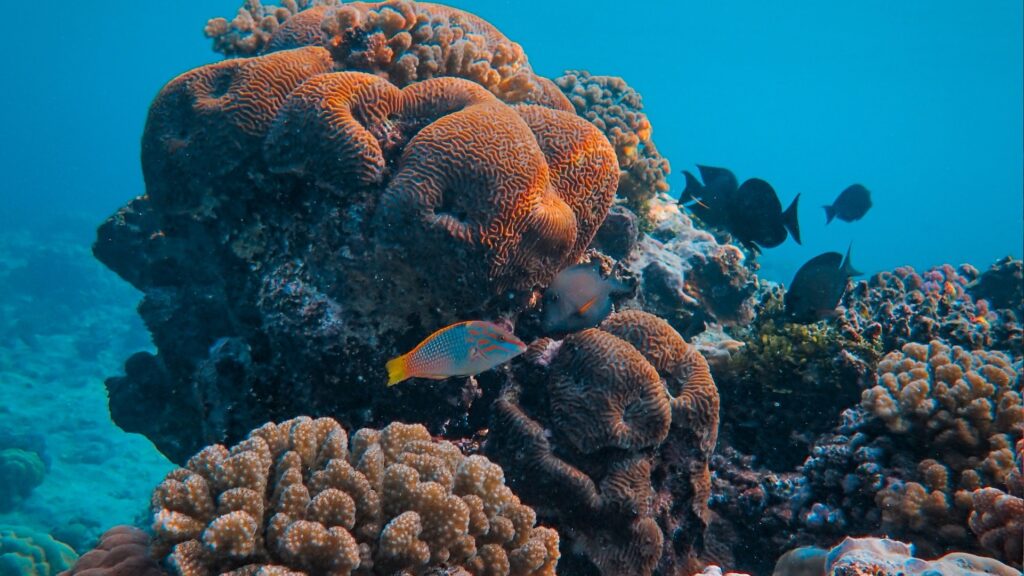As coral reefs experience more and more bleaching events, the fish that live and depend on them may well see their colors fade too.
” The reefs of the future may not be the colorful ecosystems we know today, representing the loss of a culturally important ecosystem service. This is the observation made by the authors of a study published in 2022 in Global Change Biology.
This study conducted by an Australian team shows that coral reefs are currently going through a transition: they are losing their colors. This concerns both the corals and the biodiversity that inhabits them.
Coral bleaching is accelerating
Bleaching of coral reefs takes place when they experience a bleaching event. This phenomenon corresponds to a decline, which results in the loss of colors: the corals turn white. Withering does not necessarily mean death. During such an episode, the corals become vulnerable and their usefulness in the ecosystem decreases. However, sometimes, because of this increased vulnerability, corals can die over an entire area – this is called a dead zone.
These episodes come to multiply. In March 2022 alone, the Great Barrier Reef experienced an episode of broad bleaching. As noted by WWF, the region has suffered from the phenomenon substantially four times since 2016. The cause: global warming and water pollution, which come from human activities.
Global warming, which results in a greenhouse effect, leads to an increase in the temperature and acidity of the oceans. However, this creates a “stress” for biodiversity, and the corals can no longer maintain their exoskeleton or multiply properly. This also leads to the expulsion of zooxanthellae, algae with which corals live in symbiosis. The latter then lose an important source of nutrients. This is why corals are at risk of collapse.

Why would fish lose their colors around coral reefs?
Coral reefs are particularly rich in color. However, there is a phenomenon of mimicry: biodiversity tends to take on the colors of its environment. Colors are not just a pageantry. They have an impact on communication, within a species and between species. This has an impact on camouflage: fish living around coral reefs have developed a diversity of colors, as they are useful for hiding from predators in these areas.

Because of this interdependence, the good health of the ecosystem has an impact on that of biodiversity. And this could translate, in the case of corals, into the color of this biodiversity. ” Unfortunately, the types of coral best able to survive the immediate impacts of climate change are unlikely to provide these refuges. Future reef fish communities could very well be a duller version (…), even if coral cover remains high “, detail the authors of the study published in Global Change Biology.
These researchers have subdivided the coral reefs into several categories:
- “Healthy” reefs, defined by an abundance of complex, branching, colorful corals.
- Less complex coral reefs, “ which often dominate after the reefs have been disturbed “.
- Coral reefs composed of sediments, debris and algae, representing ” badly damaged reefs “.
They found that as complex, branching, colorful corals become rarer, local fish communities cover these colorful areas less and less. These fish communities then become more dull “, explain the authors, sporting less extreme, less diversified colors.
The authors extended their research over time, over 27 years, to investigate any trends. Over time, they found that ” the color diversity of the local fish community actually responds to coral reef disturbances “. They were able to observe the drop in color diversity after the greatest bleaching episodes. However, it would seem that the fish then gradually regain their colors, which suggests a certain resilience in the face of this massive “fading”.
But they note a long-term fundamental impact: in the Great Barrier Reef, the number of green and yellow fish, “extreme” colors on the spectrum of animal colors, has globally fallen by 3/4 since 1998 – date of the first major bleaching listed.
